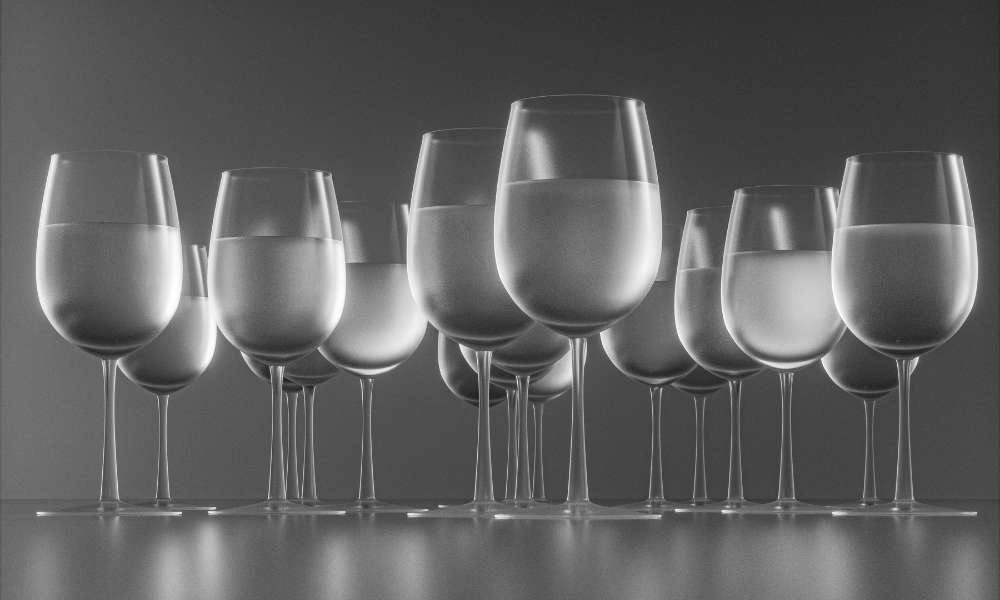Glassware, an essential component in various domains, is as versatile as it is ubiquitous. From elegant dining experiences to intricate laboratory experiments, glassware serves diverse purposes. This article explores the myriad uses of glassware, delving into its roles in culinary, scientific, and decorative contexts, while highlighting its historical evolution and modern innovations.
Historical Evolution of Glassware

Glassware has evolved remarkably since its inception in ancient civilizations, where it was initially a luxury for the elite. Around 3500 BCE, artisans in Mesopotamia and Egypt crafted the first known glass objects, primarily decorative items and small containers. The Romans revolutionized glassmaking by developing techniques that enabled the production of practical and everyday items. This advancement democratized glassware, transforming it from a symbol of wealth to an essential part of daily life. Through the centuries, glassware continued to evolve, reflecting the technological and cultural shifts of each era.
Culinary Uses of Glassware

In the culinary world, glassware is indispensable. From cooking to serving, it’s transparency and non-reactive nature make it ideal for various applications. Glassware in the culinary arts transcends mere functionality, adding elegance and sophistication to food presentation and preparation. Delicate wine glasses enhance the aroma and flavor of fine wines, while sturdy, heat-resistant baking dishes ensure even cooking and beautiful browning. In the kitchen, clear glass bowls and measuring cups offer precision and visibility for intricate recipes, and stylish serving platters and dessert dishes showcase culinary creations with crystal-clear allure. Beyond aesthetics, glassware preserves the purity of ingredients by being non-reactive and transitions seamlessly from oven to table, embodying both practicality and refinement.
Storage

Glass containers, particularly Mason jars, dominate the realm of food storage due to their non-porous composition, which prevents odors and flavors from infiltrating the contents, ensuring absolute purity. Mason jars, in particular, emerge as the quintessential choice for preserving an array of foods, including fresh fruits, vegetables, and delightful homemade jams.
Their iconic design, equipped with airtight seals, not only exudes charm but also serves a highly practical purpose by preserving freshness and prolonging shelf life. This blend of functionality and resilience renders glass containers, especially the revered Mason jars, essential tools in kitchens worldwide.
Scientific Applications of Glassware
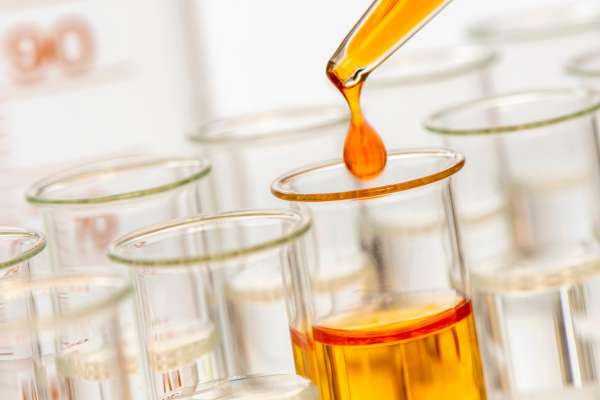
In the realm of science, particularly in laboratories, glassware is fundamental. Its durability, resistance to heat and chemicals, and clarity make it ideal for a wide range of scientific experiments and procedures.
Glassware shapes the course of scientific innovation, actively molding the landscape of experimentation and discovery. Within the controlled confines of laboratory spaces, glass vessels assert themselves as the unsung heroes, orchestrating a symphony of reactions and analyses.
Each volumetric flask’s graceful curvature and every precise etching on a burette bear witness to meticulous craftsmanship and scientific ingenuity. From conducting titrations to orchestrating distillations, glassware serves as the steadfast conduit through which researchers navigate the uncharted territories of knowledge. Its transparent nature offers a glimpse into the intricate choreography of molecules.
while its inert properties ensure the integrity of reactions. In the skilled hands of practitioners, glassware transcends its material form, evolving into a vessel not only for substances but also for the lofty aspirations of the human intellect, relentlessly pursuing the unraveling of the universe’s mysteries.
Laboratory Glassware
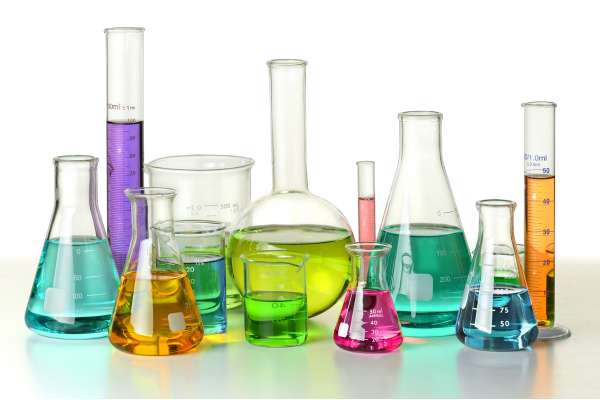
Laboratory glassware encompasses a variety of equipment such as beakers, flasks, test tubes, and petri dishes. These items are essential for conducting experiments, mixing chemicals, and observing reactions. For instance, Erlenmeyer flasks are used for titration processes due to their conical shape, which minimizes spillage. Test tubes, on the other hand, are perfect for handling small quantities of substances during experiments.
Specialized Equipment

More specialized glassware, like burettes and pipettes, plays crucial roles in the precise measurement and transfer of liquids. Burettes, used in titration, allow for the accurate dispensation of liquid reagents, while pipettes are essential for transferring exact volumes of liquids, critical in analytical chemistry and biology.
Decorative Items
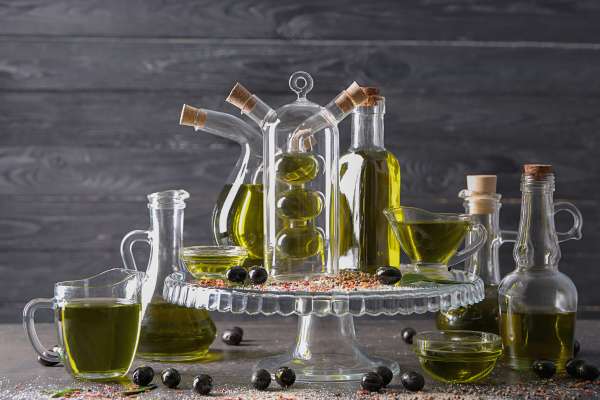
Glass vases, sculptures, and chandeliers add elegance and sophistication to any space as popular decorative items. These pieces often showcase intricate designs and craftsmanship, reflecting the skill and creativity of glass artisans. The translucency and reflective qualities of glass interact beautifully with light, creating stunning visual effects.
Art Glass
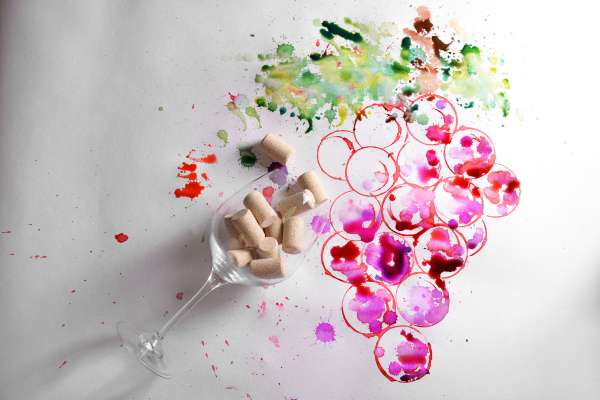
Art glass refers to glass items created with artistic intent, often incorporating vibrant colors, textures, and unique shapes. Techniques like glass blowing, stained glass, and glass fusing are used to create one-of-a-kind pieces that serve as both functional items and artistic expressions. Dale Chihuly, a renowned glass artist, has brought art glass to the forefront with his large-scale, colorful installations.
Decorative and Artistic Uses
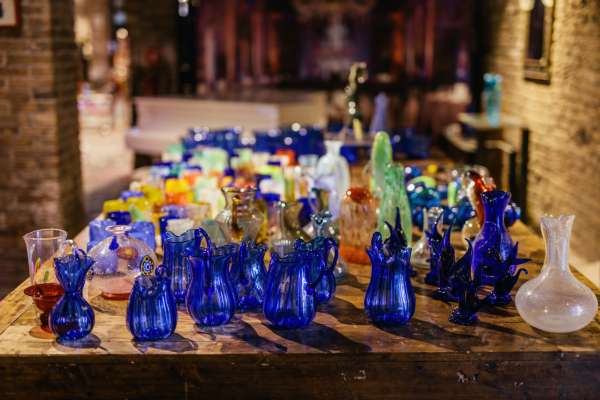
Beyond practicality, glassware holds a significant place in the world of art and decoration. Its ability to capture and manipulate light makes it a favorite medium for artists and designers.
Innovations and Modern Trends
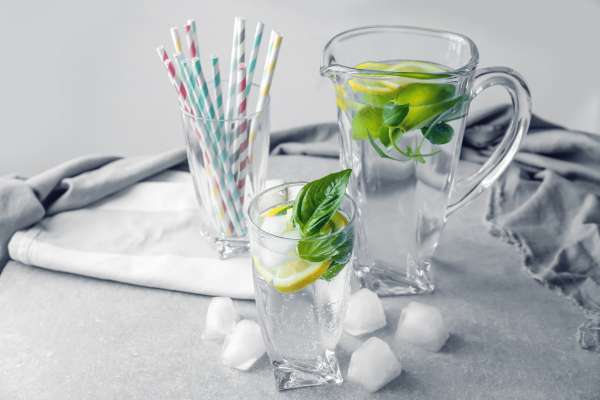
The glassware industry evolves continuously, driven by innovations that enhance functionality and sustainability. Among the most exciting modern trends is the integration of smart technology. Temperature-sensitive glass changes color to indicate optimal drink temperatures, while embedded sensors monitor and display liquid levels.
Sustainability efforts are also at the forefront, with manufacturers increasingly using recycled materials and developing more durable, longer-lasting glass products. Advances in production techniques, such as 3D printing and nanotechnology, enable the creation of intricate designs and customized glassware previously unimaginable.
These innovations not only elevate the user experience but also demonstrate a broader commitment to environmental stewardship and cutting-edge technology in the glassware industry.
Smart Glass

One of the most exciting developments is smart glass, which can change its properties based on external stimuli like light, heat, or electricity. Smart glass is used in modern architecture to create windows that can adjust their transparency, improving energy efficiency in buildings.
Recycled Glass
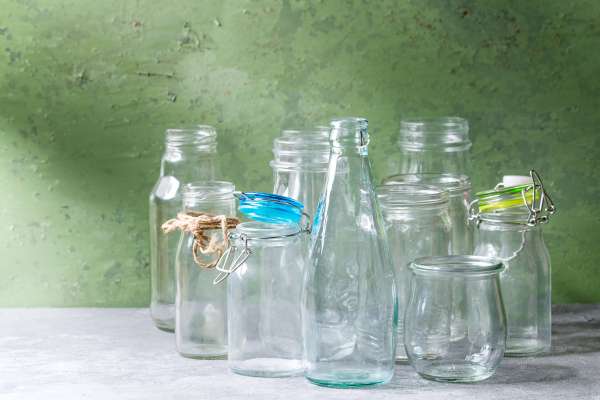
Sustainable innovation transforms discarded bottles and jars into versatile treasures through recycled glass. This eco-friendly process diverts waste from landfills, reduces the need for raw materials, and lowers carbon emissions.
Once melted and reformed, recycled glass becomes elegant countertops, sparkling tiles, resilient insulation, and artistic sculptures. Its endless recyclability allows each piece of glass to be reborn countless times, continually contributing to a circular economy. Embracing recycled glass preserves natural resources and inspires a greener, more creative future.
Care and Maintenance of Glassware
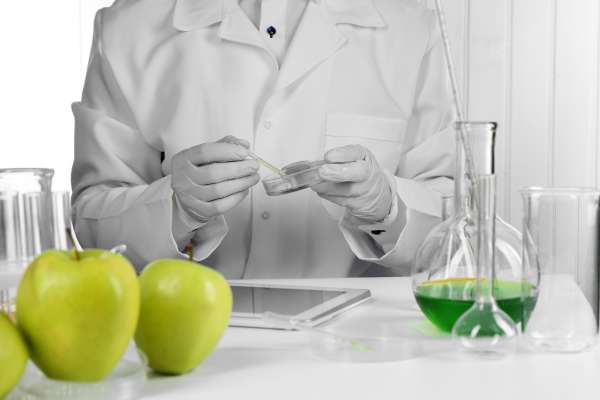
Proper care and maintenance of glassware are essential to ensure longevity and optimal performance, especially in scientific and culinary settings. Begin by rinsing glassware immediately after use to prevent residues from hardening, which can make cleaning more difficult and potentially cause scratches.
Use mild detergents and non-abrasive sponges to gently clean the surfaces, avoiding harsh chemicals that can erode the glass over time. For stubborn stains, a mixture of vinegar and baking soda can be effective. Always rinse thoroughly with distilled water to remove any detergent residue that could interfere with future uses. Dry glassware using lint-free cloths or air dry in a clean, dust-free environment.
Store glassware in a designated area where it is protected from accidental knocks and falls, ideally on padded shelves or racks designed to prevent chipping and cracking. Regular inspections for any signs of wear or damage are crucial, as even small cracks can compromise the integrity of the glassware. By adhering to these practices, you can maintain the clarity, safety, and functionality of your glassware for years to come.
Cleaning

Hand washing is recommended for delicate glassware, especially those with intricate designs or fine stems. Use a mild detergent and warm water, and avoid abrasive scrubbers that can cause scratches. For tough stains, a mixture of vinegar and baking soda can be effective.
Conclusion
Glassware, with its rich history and diverse applications, is an integral part of everyday life and specialized fields alike. Whether enhancing a dining experience, facilitating scientific discovery, or serving as a medium for artistic expression, glassware’s versatility is unmatched. As technology advances and environmental considerations become more pressing, innovations in glassware will continue to emerge, blending tradition with modern needs. Through careful care and appreciation, glassware will undoubtedly remain a cherished and functional component of our lives for generations to come.
